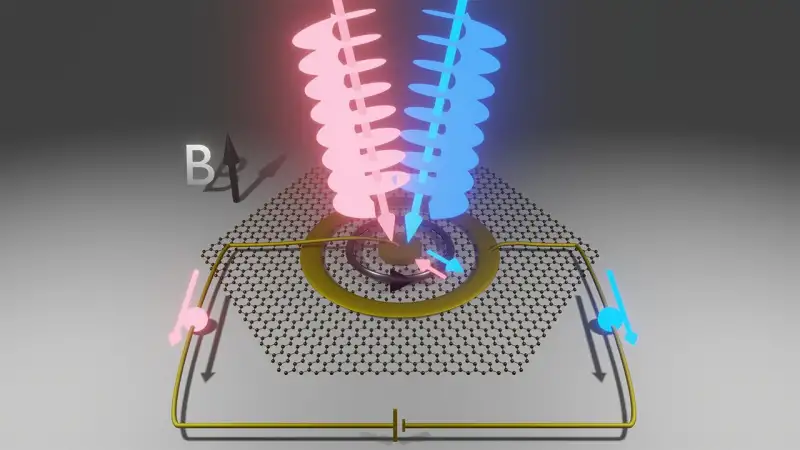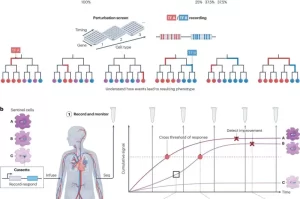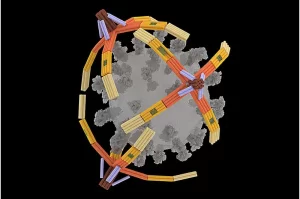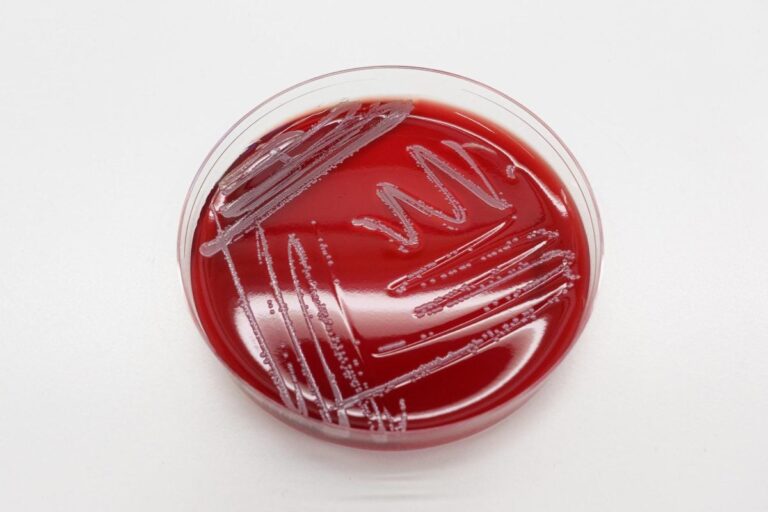Researchers Reveal New Method to Harness Light’s Orbital Angular MomentumLight isn’t just about illumination—it carries both energy and momentum, making it a powerful tool in the quantum realm. Researchers have now developed a groundbreaking way to control quantum interactions using twisted light, a type of light that carries orbital angular momentum (OAM).
Their findings, published in Nature Photonics on November 26, 2024, showcase how this light can transfer angular momentum to electrons in graphene, paving the way for advancements in quantum computing and sensing.What Is Twisted Light?Unlike regular light, twisted light has a corkscrew shape, swirling around its axis as it travels.
This unique property creates a vortex with a dark core, enabling it to interact with matter in unprecedented ways. However, harnessing this potential has remained challenging due to the size mismatch between light wavelengths and the tiny scale of electrons.The Experiment: Giving Electrons a SpinThe research team, led by the Joint Quantum Institute (JQI), solved this challenge by using graphene—a highly conductive material. By cooling graphene to near absolute zero and applying a strong magnetic field, they trapped electrons in loops called cyclotron orbits.
These orbits, significantly larger than atomic electron orbitals, made the electrons more responsive to twisted light.When exposed to light beams with clockwise or counterclockwise OAM, the electrons gained or lost angular momentum, expanding their orbits and creating measurable currents. The team observed that the direction of the current depended on the light’s twist, confirming a direct interaction between the light’s OAM and the electrons.
Key Findings and Future Potential
The experiment demonstrated:Robust Current Generation: Currents persisted across varied conditions and reversed direction based on the light’s spin.Selective Interaction: Only twisted light, not circularly polarized light, generated significant currents.This breakthrough not only enhances our ability to manipulate matter with light but also opens avenues for new quantum technologies. The technique could serve as a “quantum microscope,” enabling precise measurements of electron behavior in quantum materials.”Controlling and detecting the spatial properties of electrons is crucial for advancing quantum science,” says Mahmoud Jalali Mehrabad, a co-author of the study.
“This discovery could redefine how we explore and manipulate quantum systems.”A Decade of Research Culminates in SuccessThe journey to this discovery was marked by challenges in sample preparation and experimental precision. Collaborating with experts from the Polytechnic University of Milan, the team overcame these hurdles, eventually collecting all necessary data to confirm their findings.This innovation represents a leap forward in quantum science, unlocking new possibilities in quantum material studies, sensing technologies, and beyond.For more insights on cutting-edge quantum research, visit [Your Website Name].

















+ There are no comments
Add yours